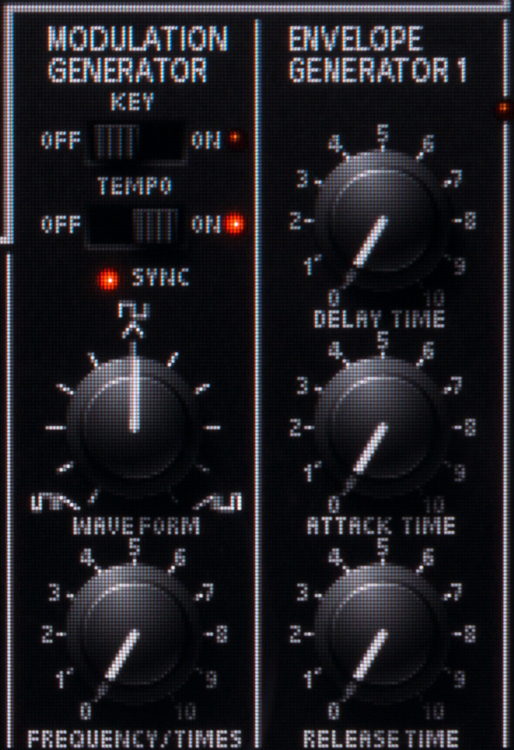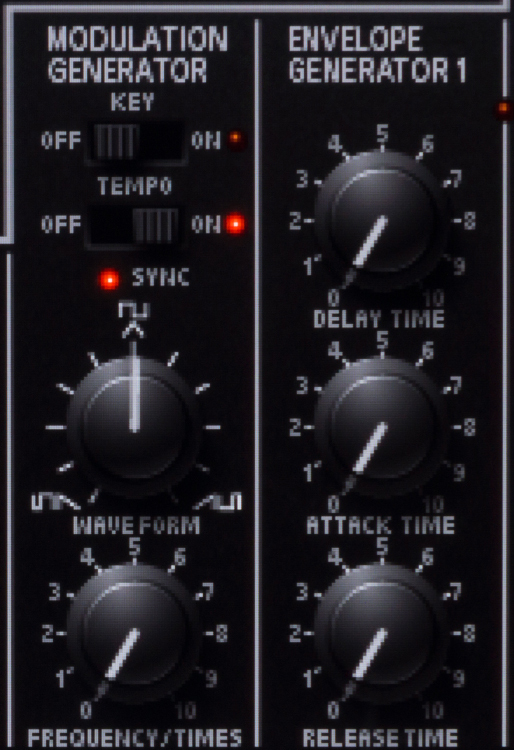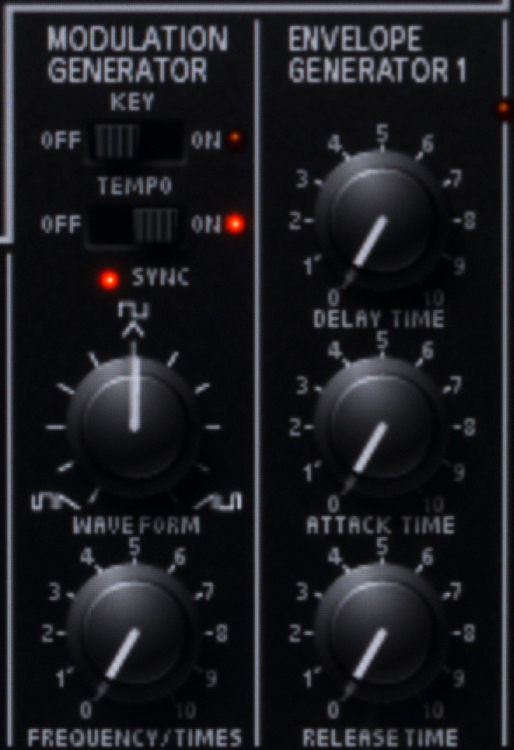Posts: 23,468
Joined: Aug 2011
Reputation:
1,101
fritsch
Team-Kodi Developer
Posts: 23,468
2016-04-19, 09:21
(This post was last modified: 2016-04-19, 09:23 by fritsch.)
It's not user configurable, it uses linear.
Thanks for your images, have a look at the "hand" - that's exactly what I meant, see TextureGL.cpp if you want to change it testwise. There is a PR pending that adds mipmaps, but that will only benefit for pictures which are scaled down.
First decide what functions / features you expect from a system. Then decide for the hardware. Don't waste your money on crap.
Posts: 23,468
Joined: Aug 2011
Reputation:
1,101
fritsch
Team-Kodi Developer
Posts: 23,468
2016-04-19, 09:26
(This post was last modified: 2016-04-19, 09:28 by fritsch.)
When you use 1080p - nothing (!) happens, that's the idea behind this. We output 1080p and let the TV which has most of the time a HQ upscaling filter to cope with 1080i50 on a 4k display .... if we detect 4k video, we switch resolution to 4k.
Btw. this nearest vs linear bad quality is _the_ reason why I suggest people to use 1080p kodi output. So if your xrandr maintains 1080p but outputs 4k in reality without userspace knowing, you are fine.
And to add: For Video kodi has advanced shaders like bicubic, lanczos3 sink based, lanczos2 and some more to have a much better quality _if_ the gpu is fast enough of course, which most are not, when doing 1080p to 2160p upscaling - but here you can choose Nearest again in the video settings.
First decide what functions / features you expect from a system. Then decide for the hardware. Don't waste your money on crap.
Posts: 23,468
Joined: Aug 2011
Reputation:
1,101
fritsch
Team-Kodi Developer
Posts: 23,468
2016-04-19, 09:55
(This post was last modified: 2016-04-19, 09:56 by fritsch.)
Read again what the user asks ... and think (!) about what he wants to achieve, no he does not want a nearest neighbour applied on his video content, but outputting his video in 1080p without 1 px = 4 px in size. And for that I gave an answer.
hand: indicator, needle.
Edit: Oh (!) and he likes our GUI scaler :-) which is linear and not nearest neighbour. Rebuild kodi, change the few lines I pointed out and present your results, then we can discuss.
First decide what functions / features you expect from a system. Then decide for the hardware. Don't waste your money on crap.
Posts: 23,468
Joined: Aug 2011
Reputation:
1,101
fritsch
Team-Kodi Developer
Posts: 23,468
2016-04-19, 12:15
(This post was last modified: 2016-04-19, 12:18 by fritsch.)
For the first thing: Nope, as it's a "per video" setting, which you can save "for all videos" in exactly this setting dialogue.
Second: I don't know which OS you are using. For Windows this is not available at all, as it's OpenGL / GLES specific. Also on the PI, AMLogic it's not available, including MediaCodec Surface rendering. As here a zero copy approach without going over our GL / GLES path is used for video. This has performance reasons as surfaces need to be copied back.
First decide what functions / features you expect from a system. Then decide for the hardware. Don't waste your money on crap.




